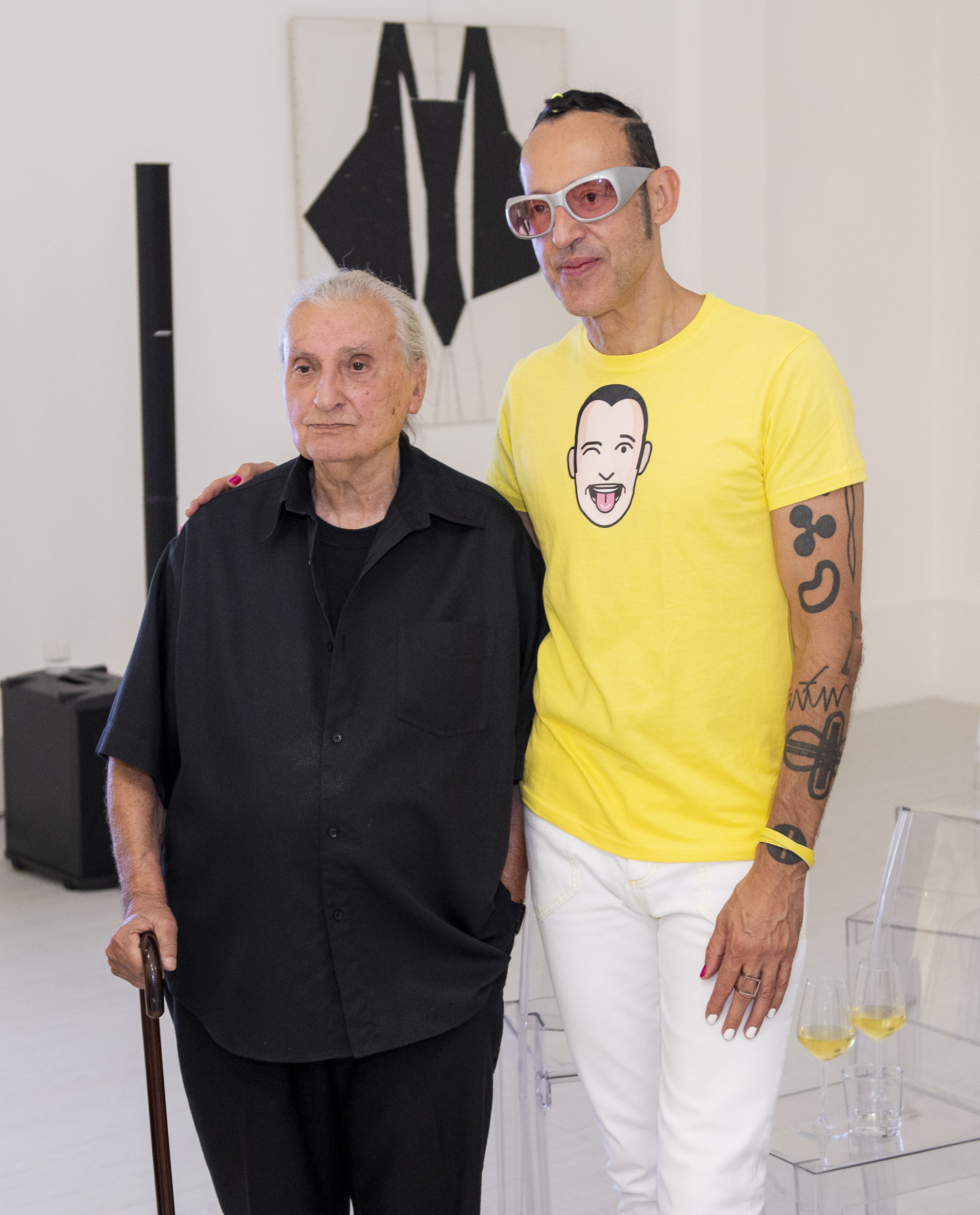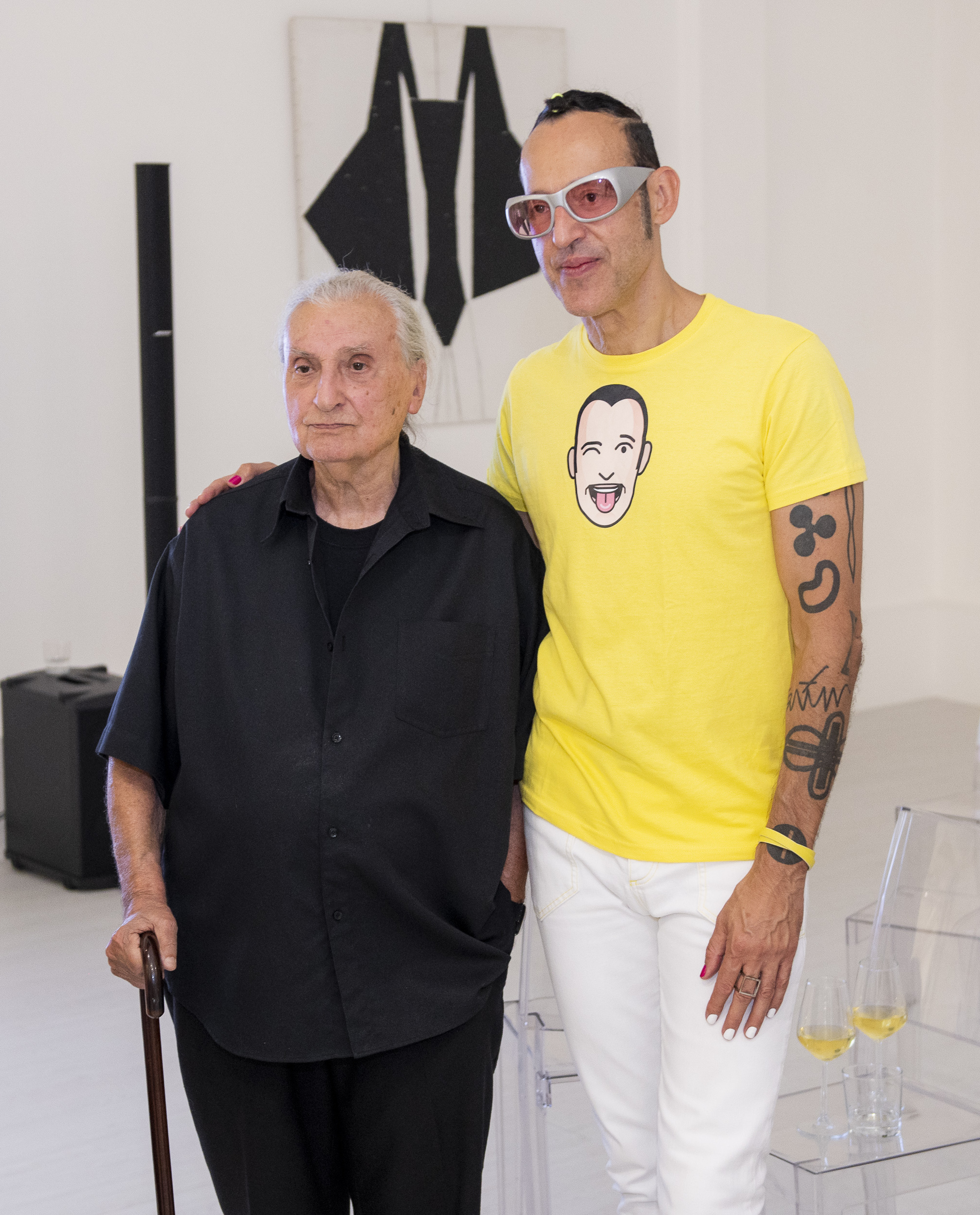
Dear friends,
now in September 2021, I’ll be almost 93, and I will also inaugurate the birth of my little Museum that collects my thirty years’ work dedicated to art, after a life lived with passion in the fashion sector as a journalist and creator of fashion newspapers.
I’ve always considered fashion not with a consumer perspective but as a proof of our lives in the time in which we live, as an expression of ourselves, a means to communicate who we are or who we would like to be as responsible creators of our image.
When I turned 60 years old, I gave up the job that I loved so much and that had given me so much success to lock myself in my studios, not to be an artist as the galleries expected, but to fix what fashion has been to me and the change that it has created in time within us and around us. Not only frivolities and money, but epochal changes that have not been quick for everyone (the world is complex and cultures very different from each other).
I started to reflect on the commitment of many fashion makers, many operators and many people who have dedicated themselves and have been involved and absorbed by the fashion phenomenon for many reasons. This is a phenomenon that overwhelms you, imprisons you and devours you. I would like to mention many names and tell their stories, but this would take so much time. They were in turn “artists” and the architects of social changes.
The DRESS, like the human body, in art tells a lot. It takes us into the past, it evokes memories, it excites us. It is culture, knowledge, the life of yesterday and today.
For me the female dress has even become a totem, a deity, a symbol, a monument to be placed in the squares of the cities. Sometimes, I treated it like a play, a toy.
On other occasions, with the eyes of a child, I saw mom’s make-up for a Vogue cover becoming a bas-relief, a top becoming a graphic work. Other times, I imagined myself as a land-art artist to admire details of a plissé dress. I used digital to process images of distant cultures firmly established in the past conditioned by traditions and religions. And much more.
I believe I have been faithful to the principles I felt the moment I opened my atelier. I had to “bare”, as Duchamp said, the contents of the dress. Actually, to make the dress itself a work of art.
Flavio Lucchini
(in the picture with the designer Karim Rashid)






